In the Wake of the Plague: The Black Death and the World It MadeNorman F. Cantor The Black Death was the fourteenth century's equivalent of a nuclear war. It wiped out one-third of Europe's population, takingmillion lives. And yet, most of what we know about it is wrong. The details of the Plague etched in the minds of terrified schoolchildren — the hideous black welts, the high fever, and the awful end by respiratory failure — are more or less accurate. But what the Plague really was and how it made history remain shrouded in a haze of myths.
Now, Norman Cantor, the premier historian of the Middle Ages, draws together the most recent scientific discoveries and groundbreaking historical research to pierce the mist and tell the story of the Black Death as a gripping, intimate narrative. Swallow: Foreign Bodies, Their Ingestion, Inspiration, and the Curious Doctor Who Extracted ThemMary Cappello Product Description
An American half-dollar. A beaded crucifix. Tooth roots shaped like a tiny pair of pants. A padlock. Scads of peanut kernels and scores of safety pins. A metallic letter Z. A toy goat and tin steering wheel. A Perfect Attendance Pin.
One of the most popular attractions in Philadelphia's world-famous Mütter Museum is the Chevalier Jackson Foreign Body Collection: a beguiling set of drawers filled with thousands of items that had been swallowed or inhaled, then extracted nonsurgically by a pioneering laryngologist using rigid instruments of his own design. How do people's mouths, lungs, and stomachs end up filled with inedible things, and what do they become once arranged in Jackson's aura-laden cabinet? What drove Dr. Chevalier Jackson's peculiar obsession not only with removing foreign bodies from people’s upper torsos but also with saving and cataloging the items that he retrieved?
Animating the space between interest and terror, curiosity and dread, award-winning author Mary Cappello explores what seems beyond understanding: the physiology of the human swallow, and the poignant and baffling psychology that compels people to ingest non-nutritive things. On a quest to restore the narratives that haunt Jackson’s uncanny collection, she discovers that all things are secretly edible. Combining original research with a sympathetic and evocative sensibility, Cappello uncovers a history of racism and violence, of forced ingestion and "hysteria," of class and poverty that left children to bank their family’s last quarters in their mouths. Here, the seemingly disparate but equally marvelous worlds of the circus and the medical amphitheater meet in characters ranging from sword swallowers and women who lunched on hardware to the sensitive, bullied boy who grew up to be the father of endoscopy.
Advance Praise
"Swallow is a surprising and original work. It is biography on the slant, a meditation that transcends boundaries and genres, written with scholarship, humor, and panache. I urge you to take this journey." Ricky Jay
"I was astonished and delightedgrabbed by the throat, indeedby this most remarkable book, which took me down a thousand little red lanes, and laid out in excruciating and fascinating detail all those myriad of itemscorks to safety pins to draughts of lye and three-foot swordsthat have managed to pass down there too. It is a wonderful and bizarre book: gorge yourself on it, and gulp.” Simon Winchester, author of Atlantic: The Biography of an Ocean
"Swallow is a wonderful, intriguing book, a fascinating glimpse into a true medical pioneer and a life's work. Mary Cappello delves into what it means to ingest things we weren’t meant to eat, and how the line between our bodies and foreign bodies can sometimes blur. Every object tells a story, and the stories here are marvelous." Colin Dickey, author of Crankiolepty: Grave Robbing and the Search for Genius
About the Author
Mary Cappello's three previous books of literary nonfiction are Awkward, a Los Angeles Times bestseller; Called Back, a critical memoir on cancer that won a ForeWord Book of the Year Award and an Independent Publisher Book Award; and the memoir Night Bloom. A recipient of the Bechtel Prize for Educating the Imagination from Teachers and Writers Collaborative and the Dorothea LangePaul Taylor Prize from Duke University’s Center for Documentary Studies, she is a former Fulbright lecturer at the Gorky Literary Institute (Moscow) and currently a professor of English and creative writing at the University of Rhode Island. She lives in Providence. The Cultures of CollectingJohn Elsner Roger Cardinal This book traces the psychology, history and theory of the compulsion to collect, focusing not just on the normative collections of the Western canon, but also on collections that reflect a fascination with the "Other" and the marginal – the ephemeral, exotic, or just plain curious.
There are essays on the Neoclassical architect Sir John Soane, Sigmund Freud and Kurt Schwitters, one of the masters of collage. Others examine imperialist encounters with remote cultures – the consquitadors in America in the sixteenth century, and the British in the Pacific in the eighteenth – and the more recent collectors of popular culture, be they of Swatch watches, Elvis Presley memorabilia or of packaging and advertising.
With essays by Jean Baudrillard, Thomas DaCosta Kaufmann, Nicholas Thomas, Mieke Bal, John Forrester, John Windsor, Naomi Schor, Susan Stewart, Anthony Alan Shelton, John Elsner, Roger Cardinal and an interview with Robert Opie. | Marlene DumasDominic van den Boogerd Barbara Bloom Mariuccia Casadio This text features the artist Marlene Dumas commenting through her work on the state of painting today. She asks the question - what does it mean to be a woman working within the predominantly male genre of expressionist art? The artist often chooses women, children and infants as her subject matter, examining the relation between art and female beauty. The authors then analyze Dumas's work, with subjects such as: the development of Dumas's work in relation to the legacies of European painting; questions contemporary women artists are asked; and a look at the artist's painting "Josephine", reflecting on the iconic legacy of Josephine Baker. The book also features selections from Dumas's writings, including texts on her own work, meditations on love, religion and politics, and a discussion of Goya's painting "The Fates". The book is part of a series of studies of important artists of the late-20th century. Each title offers a comprehensive survey of the artist's work, providing analyses and multiple perspectives on contemporary art and its inspiration. After Lives: A Guide to Heaven, Hell, and PurgatoryJohn Casey One of the most profound, deeply affecting questions we face as human beings is the matter of our mortality—and its connection to immortality. Ancient animist ghost cultures, Egyptian mummification, late Jewish hopes of resurrection, Christian eternal salvation, Muslim belief in hell and paradise all spring from a remarkably consistent impulse to tether a triumph over death to our conduct in life.
In After Lives, British scholar John Casey provides a rich historical and philosophical exploration of the world beyond, from the ancient Egyptians to St. Thomas Aquinas, from Martin Luther to modern Mormons. In a lively, wide-ranging discussion, he examines such topics as predestination, purgatory, Spiritualism, the Rapture, Armageddon and current Muslim apocalyptics, as well as the impact of such influences as the New Testament, St. Augustine, Dante, and the Second Vatican Council. Ideas of heaven and hell, Casey argues, illuminate how we understand the ultimate nature of sin, justice, punishment, and our moral sense itself. The concepts of eternal bliss and eternal punishment express—and test—our ideas of good and evil. For example, the ancient Egyptians saw the afterlife as flowing from ma'at, a sense of being in harmony with life, a concept that includes truth, order, justice, and the fundamental law of the universe. "It is an optimistic view of life," he writes. "It is an ethic that connects wisdom with moral goodness." Perhaps just as revealing, Casey finds, are modern secular interpretations of heaven and hell, as he probes the place of goodness, virtue, and happiness in the age of psychology and scientific investigation.
With elegant prose, a magisterial grasp of a vast literary and religious history, and moments of humor and irony, After Lives sheds new light on the question of life, death, and morality in human culture. The Female Thermometer: Eighteenth-Century Culture and the Invention of the UncannyTerry Castle The work of leading scholar Terry Castle, called by the New York Times "always engaging...consistently fascinating," has helped to revolutionize eighteenth-century studies. The Female Thermometer brings together Castle's essays on the phantasmagoric side of eighteenth-century literature and culture. Taking as her emblem the fanciful "female thermometer," an imaginary instrument invented by eighteenth-century satirists to measure levels of female sexual arousal, Castle explores what she calls the "impinging strangeness" of the eighteenth-century imagination—the ways in which the rationalist imperatives of the age paradoxically worked to produce what Freud would later call the uncanny. In essays on doubling and fantasy in the novels of Defoe and Richardson, sexual impersonators and the dream-like world of the eighteenth-century masquerade, magic-lantern shows, automata, and other surreal inventions of Enlightenment science, and the hallucinatory obsessions of Gothic fiction, Castle offers a haunting portrait of a remarkable epoch. Her collection explores the links between material culture, gender, and the rise of modern forms and formulas of subjectivity, effectively rewriting the cultural history of modern Europe from a materialist and feminist perspective. |


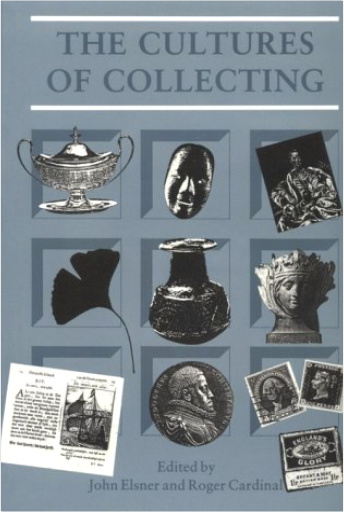
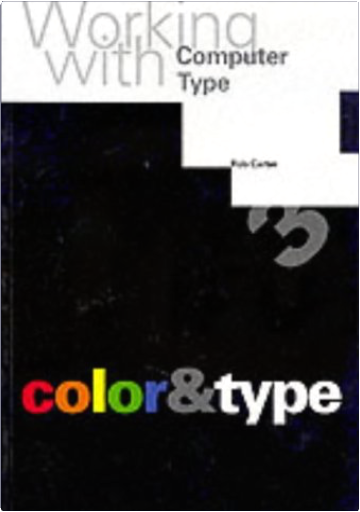
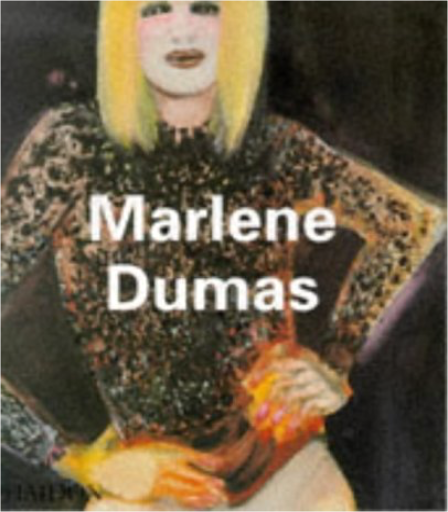

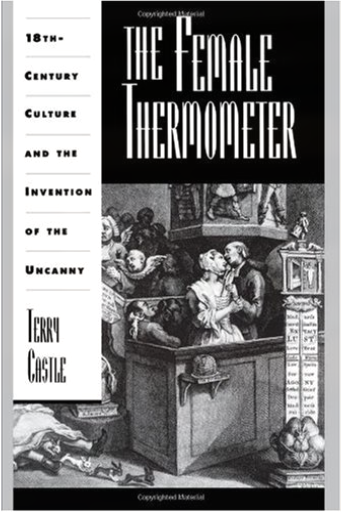




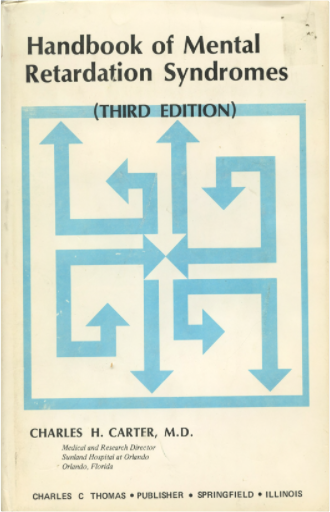

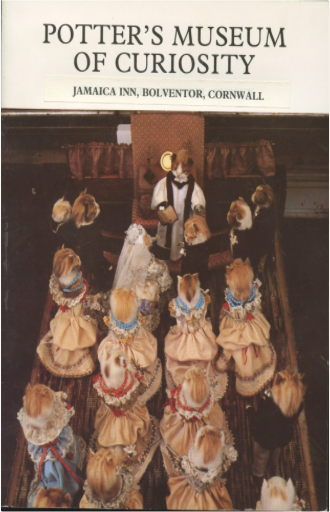
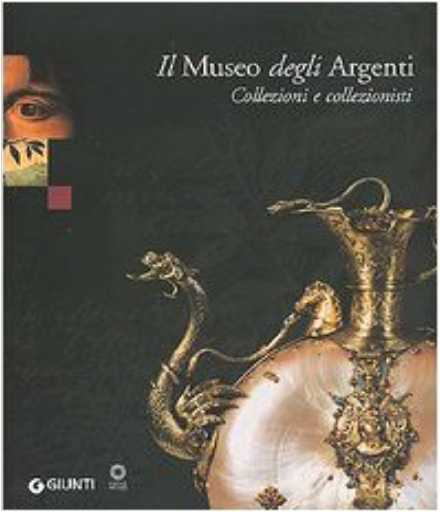


 Made with Delicious Library
Made with Delicious Library